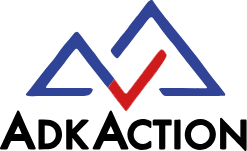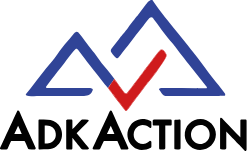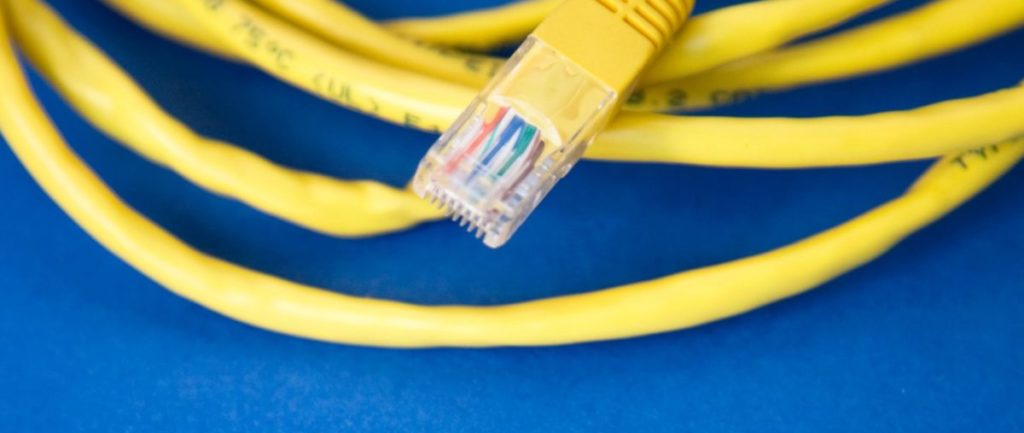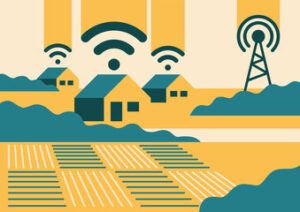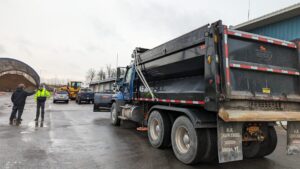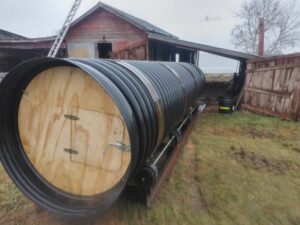by Dave Wolff, AdkAction Universal Broadband Project and AdkAction Board
AdkAction has been focused on ensuring that the North Country will achieve as much of the state’s goal of 100 @ 100 (100% of the households in the area able to have access to 100 Mbps broadband speed or greater) as possible through the New NY Broadband Program and the Spectrum cable buildout. We have been working on assisting communities in identifying the North Country’s share of the approximately 100,000 rural households that will remain unserved and underserved when the two programs are completed by September, 2021. We continue to bring parties together monthly to discuss issues impacting broadband access in the North Country, and to advise our legislators when asked.
The pandemic has thrown a spotlight on how critical broadband is to education, to health, and to jobs. The inability to ensure equal education because of gaps in broadband access has become all the more obvious when our area schools were shut and the children sent home to tele-school. Residences with inadequate broadband became a major economic obstacle to individuals who needed to work remotely and to those who came here to shelter from the pandemic. Overnight, people had to use tele-health to access healthcare, but those without adequate broadband access had no choice but to risk exposure to the coronavirus with in-person appointments.
How all these factors impacted the economy of the North Country is now on full display. Suddenly, to Maslow’s hierarchy of the basic necessities of food and shelter was added universal broadband. But what have we learned?
During April and May, while working to help families who said they had no broadband access when their children were sent home to finish the semester tele-schooling, we discovered that a number of the families had access, but affordability was the real issue. Did the family have a connection at one point and then lose it because they couldn’t afford the monthly expense? Did the family know about the low-cost offerings from each internet provider? Although qualification for free school lunch gave access to lower-cost solutions, were immigrant families willing to expose the information necessary to qualify? In a number of the cases, access to a device turned out to be the least of the problem, in part because school districts had done such a good job of identifying and resolving computer equipment issues. And the issue of affordability also appears to be a potential inhibitor to full adoption of tele-health care in the area.
What are the solutions? It appears that each family/household situation needs to be handled uniquely. We have been working to pilot a process/approach that will enable qualified individuals to work with each family situation to determine the best solution. AdkAction will continue to work in our communities to address the range of high-speed internet issues including education, tele-health, and economic development. We can’t solve all these problems ourselves, nor should we. But with the continued support of our members, we can make sense of, and expose, what the issues really are to identify the needs to those who can help resolve the various barriers to universal broadband access.
